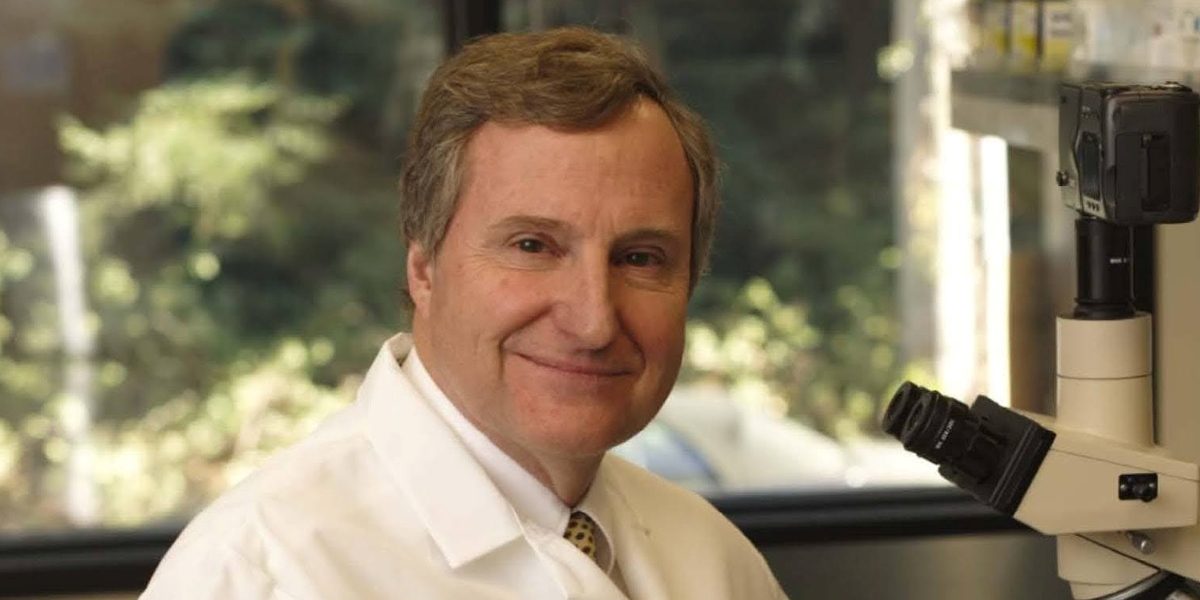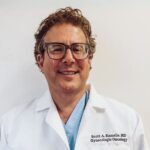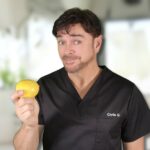By: Elowen Gray
For some, science is a career. For Steven Quay, it’s a lifelong obsession. With nearly 94 US patents to his name, seven FDA-approved pharmaceuticals, and over 12,000 citations in medical literature, Quay has made significant contributions to modern medicine. But beyond the numbers, his journey is one of curiosity, persistence, and a willingness to challenge conventions.
Raised in Northville, Michigan, Quay’s fascination with science started early. His father, a high school science teacher, nurtured his inquisitive mind, while his mother, an elementary school teacher, reinforced the value of education and honed his English language communication skills. That foundation carried him to Western Michigan University, then the University of Michigan Medical School, where he pursued an M.D., M.A., and Ph.D. in Biological Chemistry. His academic journey didn’t end there. A postdoctoral fellowship at MIT followed, where he worked under Nobel Laureate H. Gobind Khorana, further sharpening his scientific rigor.
It was during his time at Massachusetts General Hospital, however, that Quay’s scientific convictions were put to the test. In the 1970s, he found himself in the middle of a research integrity controversy. A senior colleague had falsified data, and Quay chose to speak out, knowing full well that exposing scientific misconduct can come at a personal cost. His actions were later documented in the book Betrayers of the Truth, by New York Times journalists Nicholas Wade and William Broad, highlighting the difficult balance between professional ambition and ethical responsibility in the research world.
Despite the challenges, after moving to Stanford Medical School as a young faculty-scientist, Quay pressed forward, making notable contributions to medical imaging and drug development. In 1983, he founded Salutar, Inc., pioneering MRI contrast agents that helped transform diagnostic imaging. He then turned his attention to ultrasound, leading SONUS Pharmaceuticals to develop patents for Optison, an FDA-approved contrast agent that could improve ultrasound imaging clarity. His work wasn’t just about innovation; it was about solving real-world problems in medicine.
But Quay isn’t one to stay in his comfort zone. Over time, his focus shifted toward therapeutic development, particularly in oncology. His company, Atossa Therapeutics, is dedicated to advancing treatments for breast cancer, an area that has seen progress but still faces limitations in treatment options. One of Atossa’s most notable developments is (Z)-endoxifen, a drug targeting estrogen-driven breast cancer. Unlike traditional tamoxifen therapy, which relies on the body’s metabolism to activate, (Z)-endoxifen is a direct, active metabolite, which may offer a more effective and predictable treatment for patients.
His contributions to breast cancer research extend beyond drug development. Recognizing the need for early detection tools, Quay also developed the MASCT System, an FDA-cleared device designed to collect nipple aspirate fluid for breast cancer screening. The idea was simple: if mammography isn’t perfect, what other noninvasive tools could help identify risk earlier? His work underscores a broader theme: medical innovation isn’t just about creating new treatments; it’s about exploring better ways to detect, prevent, and manage disease before it becomes life-threatening.
Quay’s drive to innovate is matched by his commitment to public engagement. He has testified before Congress, advised the U.S. State Department on complex medical issues, and written extensively on biomedical research and pandemic preparedness. His TEDx talk on breast cancer prevention has been viewed over 229,000 times, reflecting a broader effort to bridge the gap between scientific research and public understanding. In an age where misinformation can spread faster than facts, Quay sees communication as an essential extension of his work.
Despite his success, Quay remains deeply reflective about the field of medical research. He has seen firsthand how funding priorities, regulatory challenges, and entrenched systems can slow progress. Yet, his career demonstrates that persistence, backed by strong ethics and scientific curiosity, can lead to meaningful change. He doesn’t chase recognition; he chases solutions. And in doing so, he continues to push the boundaries of what’s possible in medicine.
Ultimately, Quay’s story is not just about patents or FDA approvals; it’s about the human drive to solve problems, the courage to question the status quo, and the hope that science, when done right, can contribute to better lives. His work is far from finished, and if history is any indication, the next chapter could be just as impactful as the last.
Published by Jeremy S.

















